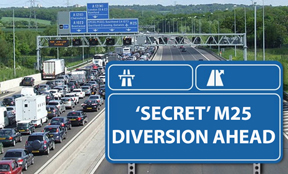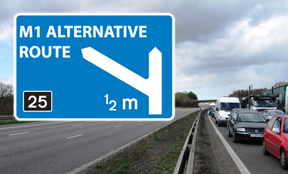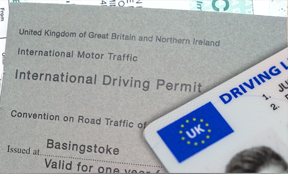
The EU is accusing the UK Government of undermining it, while Boris Johnson says he's simply trying to protect it with his Internal Market Bill, but what is the Good Friday Agreement?
With a political war of words breaking out across the EU, UK and USA, here's a very quick and simplified
look at the history behind the Good Friday Agreement and what it is designed to achieve.  Stormont,
where the devolved government rules from when in action (Credit: Wikipedia/en:User:Dom0803)
Stormont,
where the devolved government rules from when in action (Credit: Wikipedia/en:User:Dom0803)
Why is it called the Good Friday Agreement?
The Belfast Agreement has also been dubbed the Good Friday Agreement because it was reached on the Good Friday, 10 April, 1998.
What is the Good Friday Agreement?
The deal was a peace agreement made between the Irish and British governments, along with the majority of political parties operating in Northern Ireland.
Its purpose was, and remains, to state how Northern Ireland should be governed - the source of many years of conflict.
The agreement was designed to create a new, devolved government to rule over Northern Ireland, in which the unionists and nationalists would share power.
What about the question of Northern Ireland remaining as part of the UK or become part of a united Ireland?
This constitutional question of where Northern Ireland should sit, was tackled and it was decided there would be no change without the consent of the majority of its people.
The decision could be tested in future by way of a referendum.
What were the main parties involved in the Agreement?
The two main political parties involved in brokering the Agreement were the Ulster Unionist Party, led by David Trimble and the Social Democratic and Labour Party, led by John Hume.
Both of the leaders were jointly awarded the 1998 Nobel Peace prize.
Sinn Féin, the Alliance Party and the Progressive Unionist Party were also involved in reaching the agreement.
The Democratic Unionist Party (DUP), which went on to become the largest unionist party, walked out of the talks when Sinn Féin and loyalist parties entered, because republican and loyalist paramilitary weapons had not been decommissioned.
Was the agreement widely supported?
Every home in Northern Ireland was sent a copy of the Agreement. In a referendum on 22 May 1998, more than 71 percent of those who turned out to vote supported the Agreement.
Where can I read the full agreement?
You can read the full Belfast Agreement (Good Friday Agreement) here.
RELATED CONTENT
- Do I need six months on my passport for France and Spain?
- How to speak to a real person at Amazon
- People who can sign passport photos for you
- Do I need an international driving permit for France and Spain
- Alternative routes for beating jams on the M25
- Alternative routes for the M1 motorway
- Alternative routes for the M6 motorway
- Alternative holiday routes for the A303
- How old are my tyres - find out instantly here
- What are the black dots on my windscreen for?
- Are my sunglasses legal for driving?
Professionally written and optimised content will bring new, targeted customers to your website. Contact Pete@petebarden.co.uk











